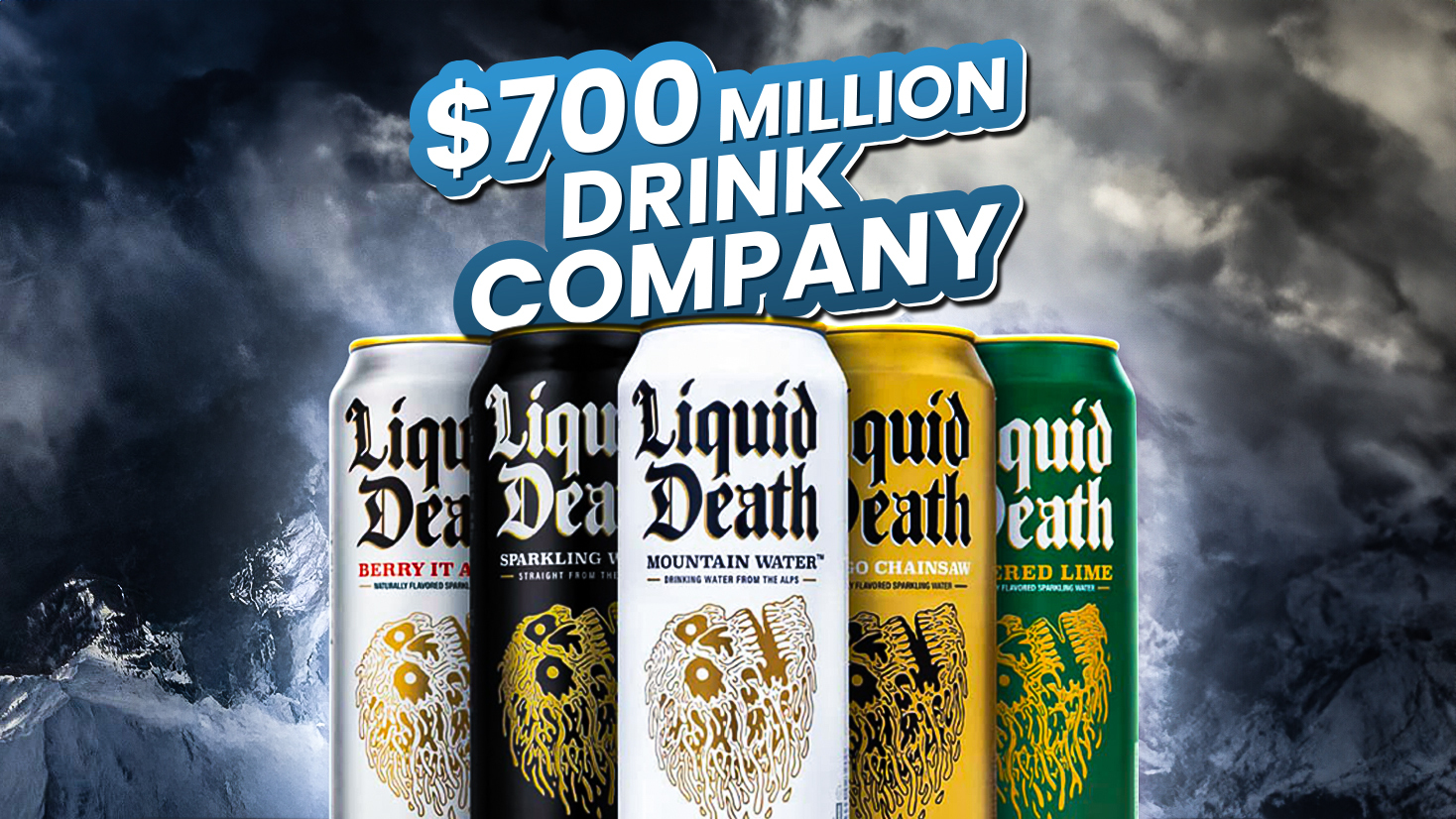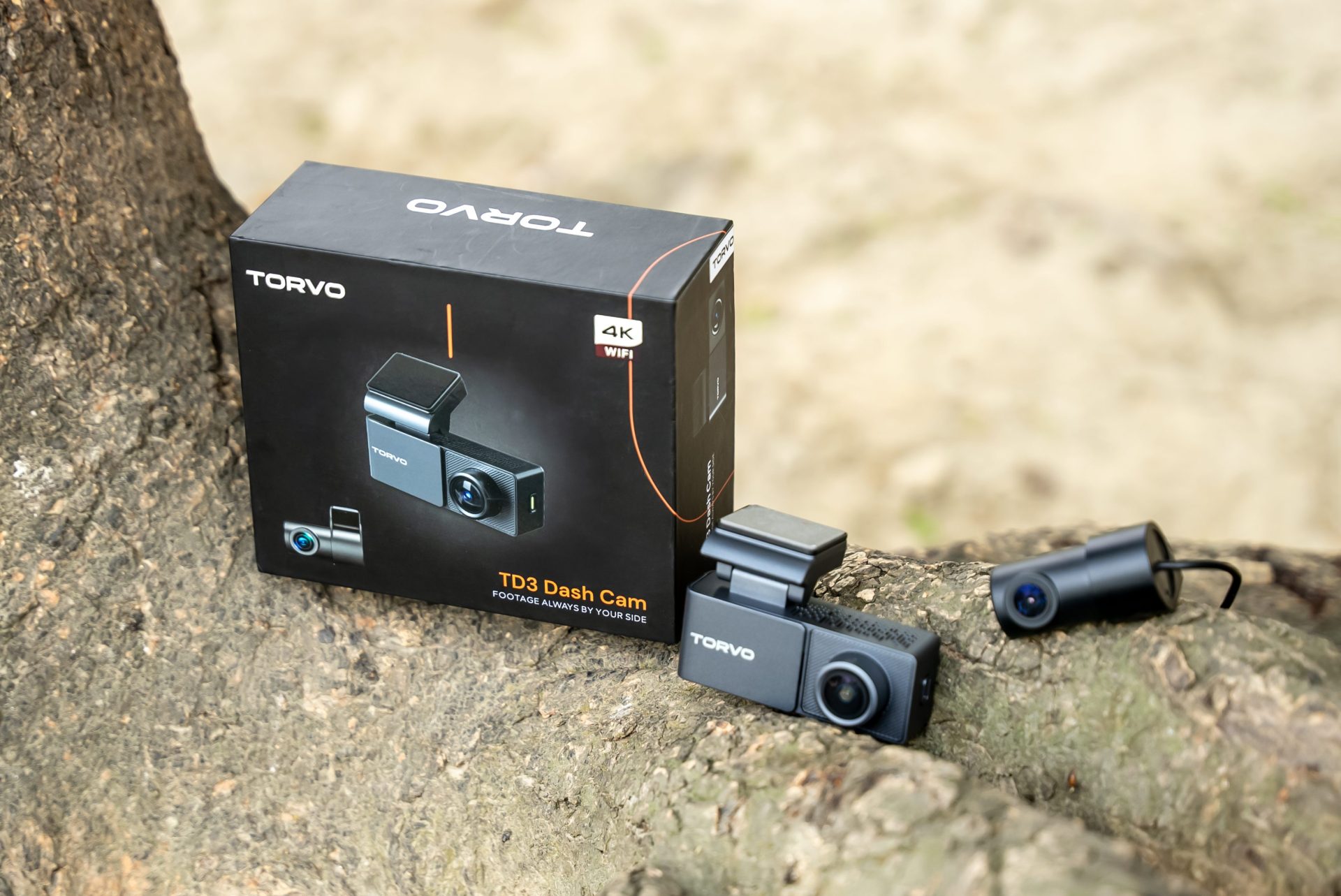Bottled water is often seen as mundane, Mike Cessario has found a way to make water cool – and it comes in a can labeled “Liquid Death.” With a valuation of $700 million and a name that turns heads, Liquid Death is redefining the beverage industry. But how did this audacious brand come to life?
Mark Cessario, the mastermind behind Liquid Death, didn’t start in the beverage business. With a background in graphic design and a stint in the music industry, Cessario was frustrated by the corporate world’s lack of creativity. He noticed a stark contrast: while junk food brands had fun with their marketing, healthier options were often serious and humorless.
The Concert That Sparked an Idea
The idea for Liquid Death was born from a desire to make healthy products more appealing, fun, and even a bit scary. Cessario’s eureka moment came at the Vans Warped Tour music festival, where he noticed musicians drinking water instead of sponsored energy drinks to stay hydrated. This observation led to a bold idea: what if water could be marketed with the same intensity as energy drinks?
Despite initial backlash accusing the brand of promoting toxic masculinity, Cessario saw an opportunity to stand out and make health-focused products more social media-friendly. He aimed to create a product that people would want to share online, not just for its health benefits but for its borderline absurd punk-rock charm.
The 3D Render That Launched a Brand
In a move that would make even the most daring entrepreneurs pause, Cessario decided to shoot a commercial for Liquid Death before producing a single can. Relying on a 3D render, he set out to prove the viability of his idea. The risk paid off – Liquid Death gained significant attention, selling $100,000 worth of product in its first month.
Liquid Death’s Green Revolution
Liquid Death’s commitment to sustainability goes beyond clever marketing. The brand’s decision to use 100% recyclable cans directly addresses the environmental issues linked to plastic bottles. This approach has resonated with health-conscious individuals and environmentalists alike, positioning Liquid Death as a leader in eco-friendly initiatives within the beverage industry.
The Unlikely Rise of a Water Empire
Liquid Death’s unconventional approach attracted high-profile collaborations with legends like Swedish House Mafia, and Tony Hawk, and bands like Alkaline and Anti-Flag. These partnerships, coupled with a strong social media presence (boasting 3 million Instagram followers), catapulted the brand into the limelight.
The brand’s expansion was meteoric. In March 2020, amid the pandemic, Whole Foods reached out to take Liquid Death national. Sales grew from $2.8 million in their first year to a staggering $45 million in 2021. By 2023, Liquid Death was generating annual revenue of $100 million, with products available in over 60,000 retail locations across the US, including 7/11, Walmart, and Target.
Liquid Death’s $700 Million Valuation
The $700 million valuation of Liquid Death has sparked both skepticism and intrigue in the investment world. While initially questioned, the brand’s impressive market performance under Cessario’s visionary leadership has won over many skeptics.
Cessario’s philosophy challenges traditional beverage industry norms. He argues that a drink’s success isn’t solely about taste, citing concert-goers drinking regular water from Monster Energy cans. Instead, he focuses on humor, environmental responsibility, and relatability as key ingredients in Liquid Death’s formula for success.
The Financial Anatomy of Liquid Death
Liquid Death’s financial journey is as intriguing as its branding. In 2022, the company faced challenges with ocean freight costs consuming nearly half of their expenses at 47%. However, they’re actively working to reduce this to 21% in the coming year and aim for profitability by 2024.

The company reported $100 million in revenue for 2022, although with a lean gross profit margin of around 12% – significantly lower than the 50% target common in the beverage industry. Despite this, Liquid Death’s valuation stands at about seven times its sales, outpacing Pepsi (valued at three times sales) but not quite reaching Monster’s nearly nine times sales valuation.
What’s Next for Liquid Death?
As Liquid Death looks to the future, the question isn’t just about maintaining its valuation but how it can continue to innovate and inspire in a sector ripe for disruption. The company is eyeing a strategic shift to domestic production in the United States, aiming to slash freight costs and boost profit margins.
Wrapping Up
Liquid Death isn’t just a drink; it’s a statement. It has carved a niche for itself in the crowded beverage market through bold branding, a commitment to sustainability, and a product that defies convention. If its meteoric rise is anything to go by, this is one brand that’s not just here to stay but to lead the charge in redefining what a beverage company can be.
In a world where water is often seen as boring, Liquid Death proves that with the right marketing, even the most basic necessity can become a cultural phenomenon. It’s not just selling water; it’s selling an attitude, a lifestyle, and a commitment to the planet. And in doing so, it’s making waves in an industry that was long overdue for a shake-up.







